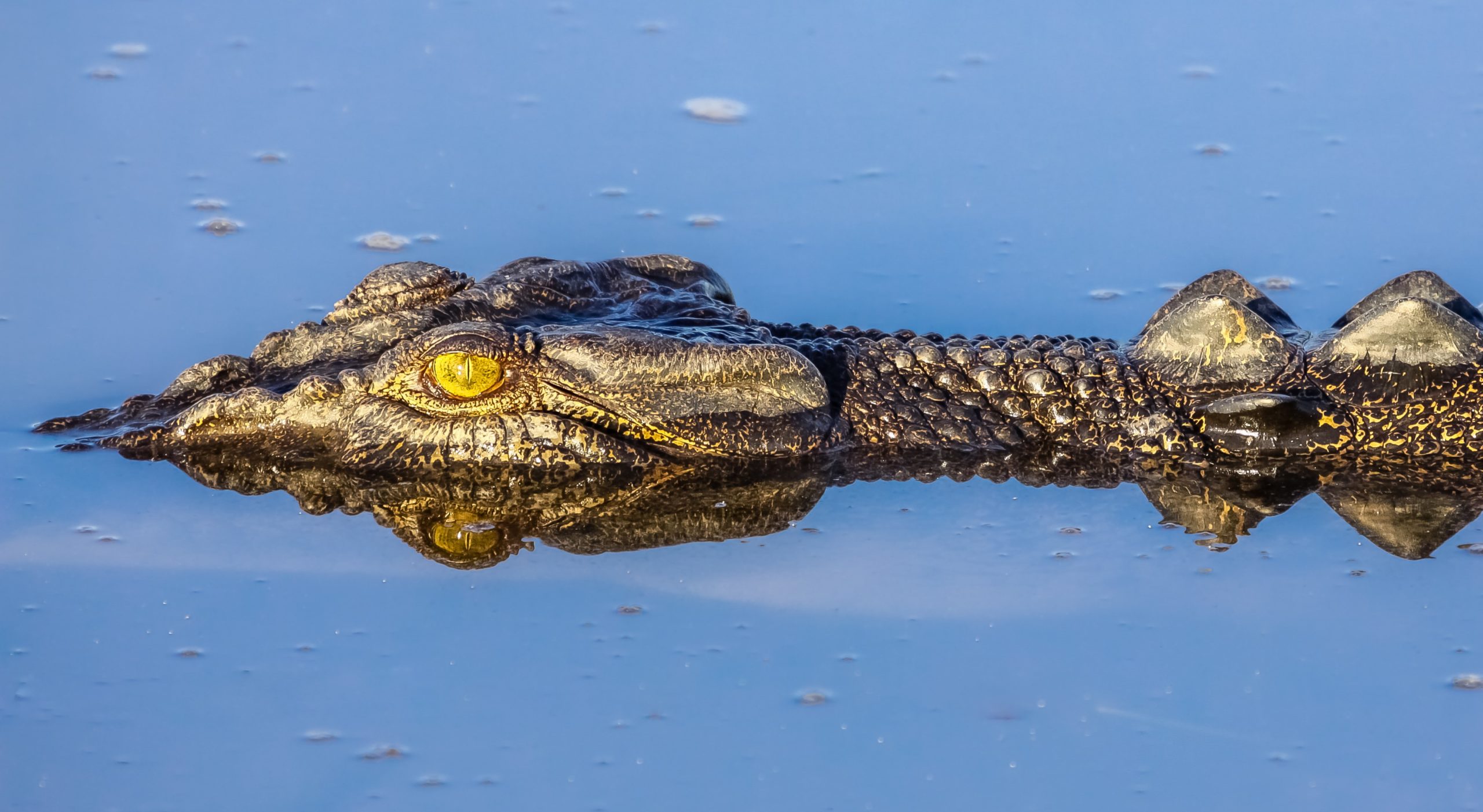Preparing for a safe camping trip

Camping is one of those back-to-nature experiences that connects us to our pioneering past.
Of course, camel trains, salted beef and scurvy have since given way to air-conditioned 4WDs and a balanced diet, but the great outdoors can still deliver some unwanted surprises. Here are a few safety suggestions to help ensure the success of your bush safari.
Are you ready to roll?
Chances are you’ll be loading a lot of stuff into your vehicle, so it’s important that your car is in good nick. This includes, tyres, battery(s), brakes and the various fluids that keep your car working properly.
Have your vehicle checked over before you head off so you can hit the road with peace of mind.
If you have any technical queries, RAA members can receive free advice from our motoring experts.
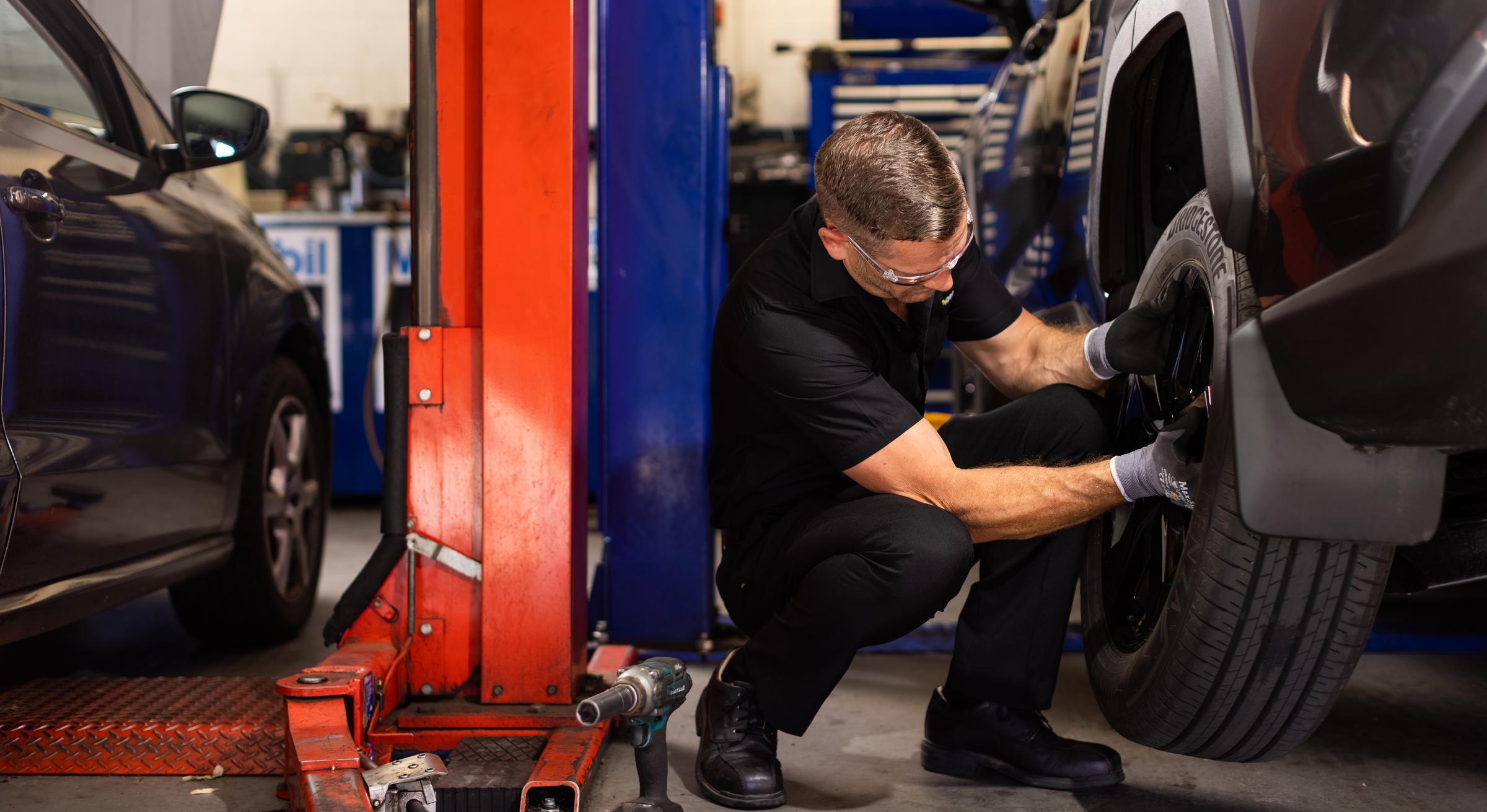
Finding your way
GPS has seen the gradual demise of paper maps, and there are some great GPS-based products available to help you find gorgeous camping spots in remote areas.
But as anyone who’s used the internet or a home printer knows, technology occasionally goes awry.
If an electrical fault or signal problem knocks out your GPS, it can be useful to have a handful of paper maps in the glove box. Getting there may be half the fun, but getting home is important too.
Picking your spot
Flash floods are not uncommon in Australia, and dry creeks can quickly turn into raging torrents if it rains upstream. To avoid your desert adventure becoming a maritime rescue, don’t camp in creek beds.
It’s a warm day so you’ve picked a shady spot under a big old gum tree – but what’s that cracking noise? Some eucalypts, including river red gums, can suddenly drop branches. This is most common in hot and/or windy conditions but can occur at any time, and the results can be disastrous.
Whatever the weather, it’s best to avoid camping under gum trees.
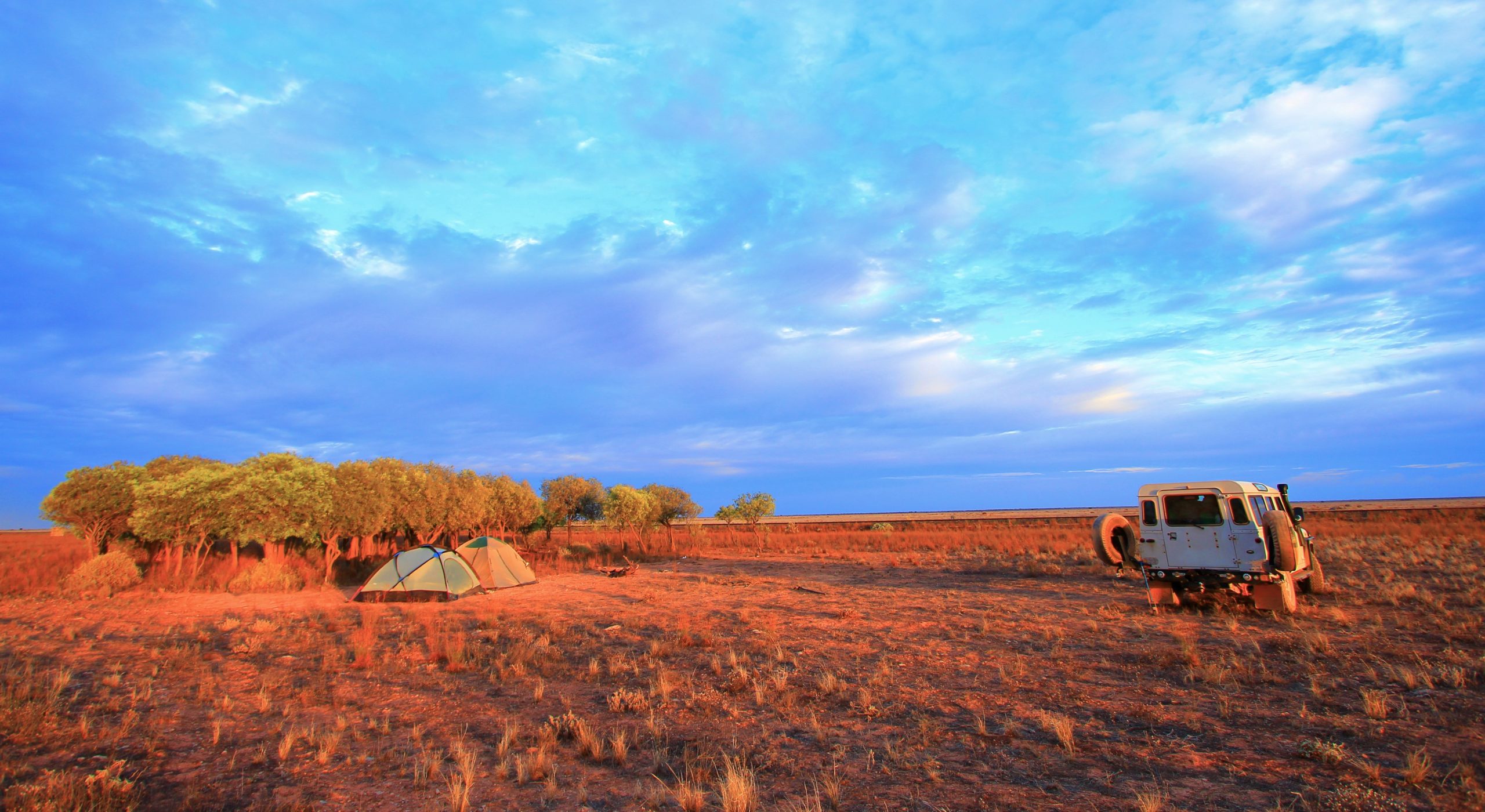
Patching up the troops
It’s important to carry a well-equipped first-aid kit to deal with cuts, scratches and minor jaffle iron burns, as well as more serious injuries like broken limbs and snake bites.
It’s equally important to be properly trained in administering first aid, including CPR.
If you haven’t already done so, take a nationally recognised first-aid course before heading off.
Keeping in touch
You don’t have to travel too far into the bush before the signal bars on your phone disappear completely. If you plan to camp in a remote area that doesn’t have mobile phone reception, it may be worth hiring a satellite phone (or Iridium Go/Thuraya SatSleeve, which allow your mobile phone to be used as a satellite phone).
It could be invaluable if you’re stranded due to flood, accident, breakdown, or medical emergency.
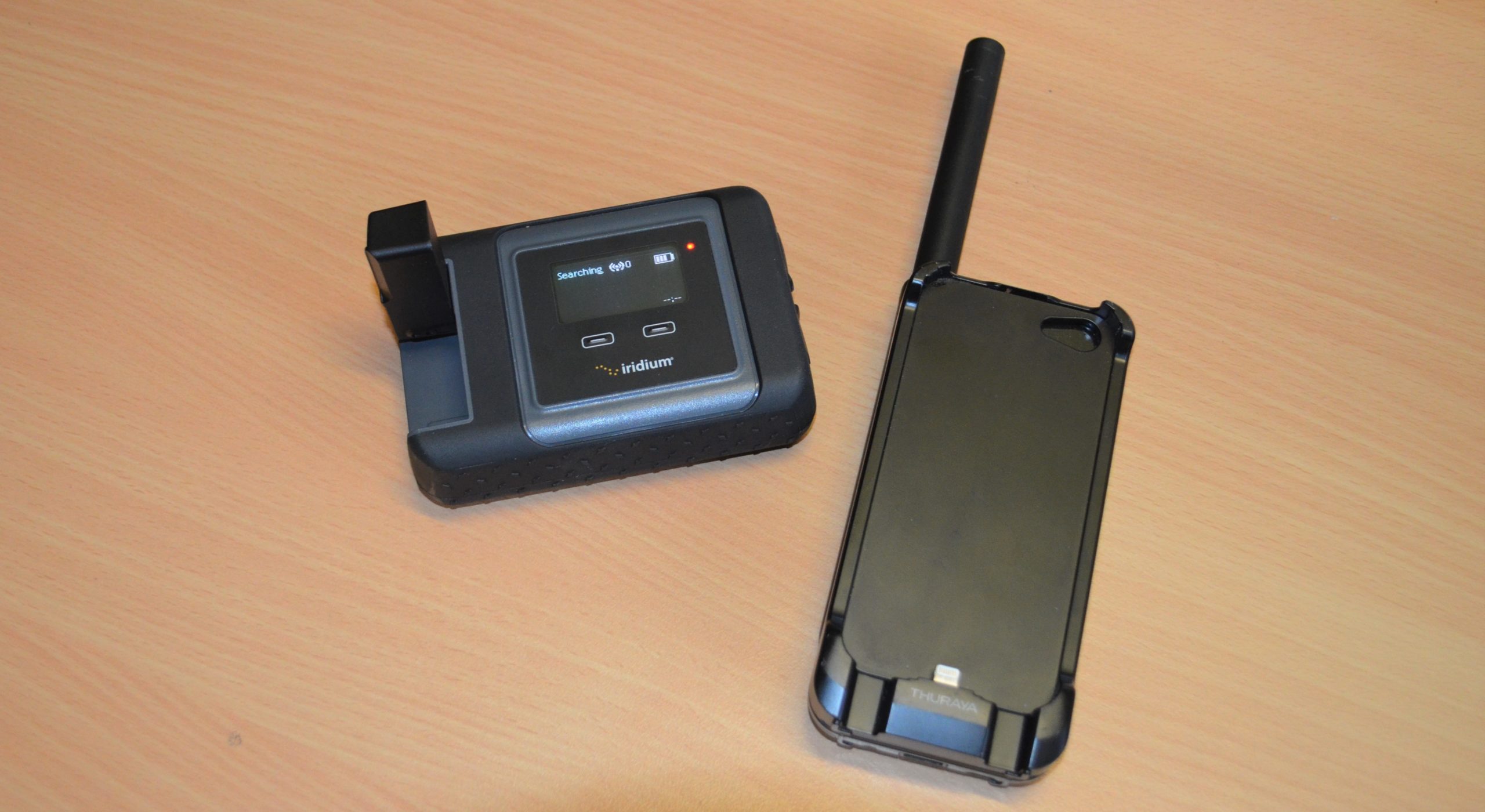
By the campfire
Rules on campfires vary from state to state. If you choose to have a small campfire in SA, the following regulations and recommendations will help ensure it’s safe.
- Check fires are permitted at your campsite – some national parks and other locations have year-round bans on wood fires.
- Check the rules during the Fire Danger Season (campfires are not permitted in national parks during the Fire Danger Season).
- Don’t light up on total fire ban days, or when it’s windy.
- Use fire pits/rings if they’re provided.
- Ensure your fire is in a cleared area, well away from camping equipment, fuel and overhanging branches.
- Keep an eye on kids, pets and enthusiastically partying adults.
- Never leave a fire unattended.
- Make sure the fire’s fully extinguished before you go to bed or leave the site.
You can’t collect firewood in SA’s national parks because it provides a habitat for wildlife. Make sure any firewood brought into a park is free from dirt and weeds, which may carry pests.
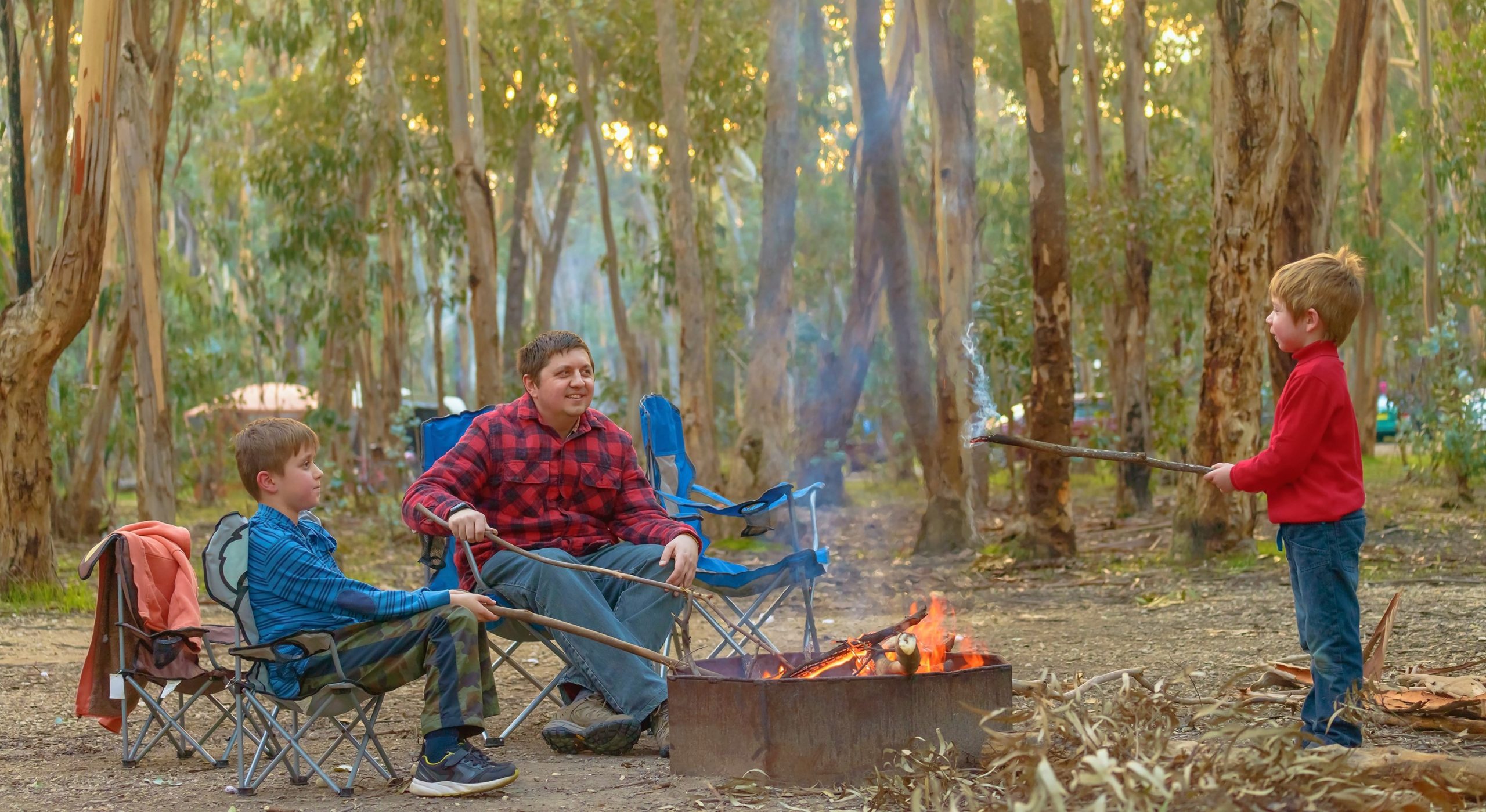
Beasts and bugs
While you’re unlikely to be attacked by a rhino at Wilpena Pound, it’s important to be aware of the local wildlife when camping. In Australia, pesky insects are the main concern. Parking the night’s lodgings on top of an ants’ nest will have you scurrying for shelter when the eviction raid begins. Check the area for ant holes and mounds before setting up camp.
Mosquitos are more of an annoyance than a threat, but they can carry diseases like Ross River virus, Barmah Forest virus, Japanese encephalitis, and occasionally dengue fever in north Queensland.
Keep tent fly screens zipped up, cover as much of your body as possible with loose fitting clothing when mozzies are about, and apply a personal insect repellent to unprotected skin. Products containing DEET or picaridin are the most effective.
Yes, we have a lot of snakes in Oz, but they’re generally solitary creatures that prefer not to mix with or bite humans. To avoid a serpentine encounter:
- keep tents zipped up and in good condition so there are no entry points for snakes
- wear sturdy shoes and ankle gaiters when bushwalking
- wear strong gloves when gathering firewood
- leave your mouse collection at home, and
- put away any food that might attract mice – a popular snack for snakes.
Crocodiles may not carry dengue fever but they can still cause a nasty bite. When travelling in Australia’s tropical north where crocs are prevalent:
- camp at least 50m from the edge of rivers, creeks, lakes and ponds
- don’t prepare food or wash dishes (or yourself) by the water’s edge, and
- dispose of food scraps in bins well away from your campsite.
